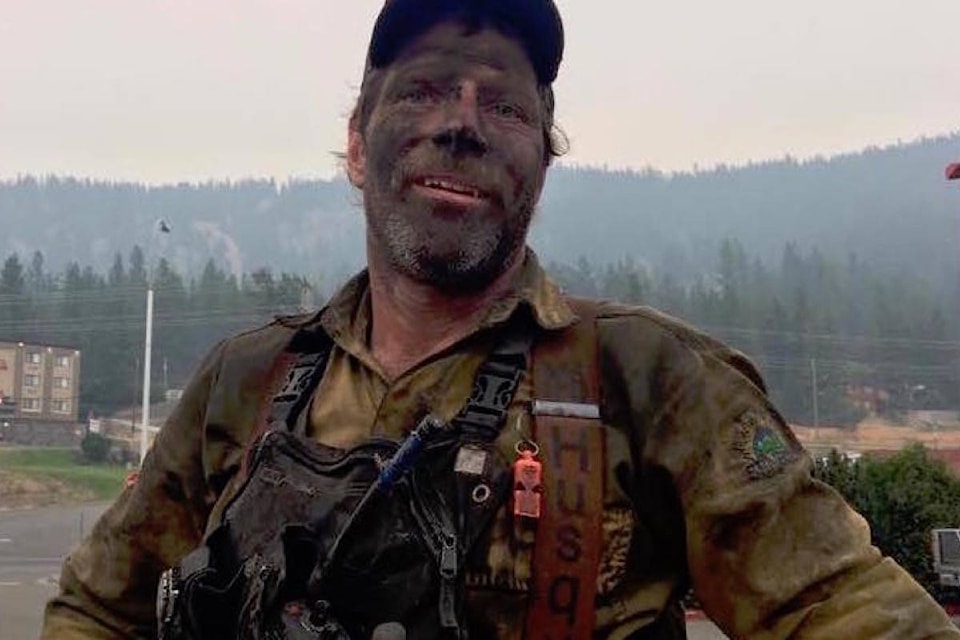Professional doom-mongers see a great opportunity in this season of B.C. wildfires and the belated return of U.S. hurricanes, which have been widely asserted to be caused by “climate change,” as the United Nations narrowly defines it.

Desperate, declining news media cranked up the hype, sending reporters out to stand in howling winds, shouting like fools and demonstrating exactly what authorities warn people not to do.
“Hurricane Irma smashed into Southern Florida as a Category 4 storm, marking the first time since 1964 that the U.S. was hit by back-to-back major hurricanes,” shrieked Bloomberg ��������. The unusual 12-year lull with zero hurricanes after Katrina in 2005 was not mentioned.
“After thousands of years with a relatively stable climate, it is now in our hands, at this moment in time, as to whether or not we can stabilize the climate,” intoned Jens Wieting, forest and climate fundraiser for Sierra Club B.C., in a statement false from start to finish.
Now let’s examine what the world authorities on climate change, the organizations driving the UN effort to establish a global carbon reduction program, are really saying.
Here’s what The U.S. actually says:
“It is premature to conclude that human activities – and particularly greenhouse gas emissions that cause global warming – have already had a detectable impact on Atlantic hurricane or global tropical cyclone activity.”
And here’s what the UN’s actually says:
“There is limited to medium evidence available to assess climate-driven observed changes in the magnitude and frequency at regional scales because the available instrument records of floods at gauge stations are limited in space and time, and because of confounding effects of changes in land use and engineering.
“Furthermore, there is low agreement in this evidence, and overall low confidence at the global scale regarding even the sign of these changes.”
Hurricanes battered the Atlantic coast long before our industrial revolution, so it is simply not credible to suggest that they can be significantly reduced by curbing human carbon emissions. The Galveston hurricane of 1900 killed 8,000 people, eight years before Ford Model T production began.
Regarding fires, the most important news story I saw this summer was by Max Winkelman of the 100 Mile House Free Press, one of our Cariboo publications where staff carried on reporting directly from B.C. Wildfire Service field camps through evacuations, smoke and the fog of city media nonsense.
of ancient Douglas fir trees in the Alex Fraser Research Forest near 150 Mile House. Scars on these trees record surface fires at an average interval of 15 years, from 1619 until 1943, when wartime technology for fire suppression put a sudden stop to them to protect timber.
Researchers found a shift to denser forests, closer to communities, with a massive increase in fuel load.
Why did B.C. record the largest area burned since wildfire records were kept starting in 1950? This is why. And fuel management, not carbon tax posturing or overcooked climate models, should be the B.C. government’s focus.
For the record: In a recent column I questioned the wisdom of Public Safety Minister Mike Farnworth and Forests Minister Doug Donaldson putting on the red uniform of the B.C. Wildfire Service to mug for pictures during a summer tour of affected areas.
Farnworth advises me they were given uniforms to wear in affected zones because they are fire resistant, and that Donaldson earned the uniform some years ago, serving with a helicopter-borne wildfire crew.
Tom Fletcher is B.C. legislature reporter and columnist for Black Press.
tfletcher@blackpress.ca
Like us on and follow us on .


